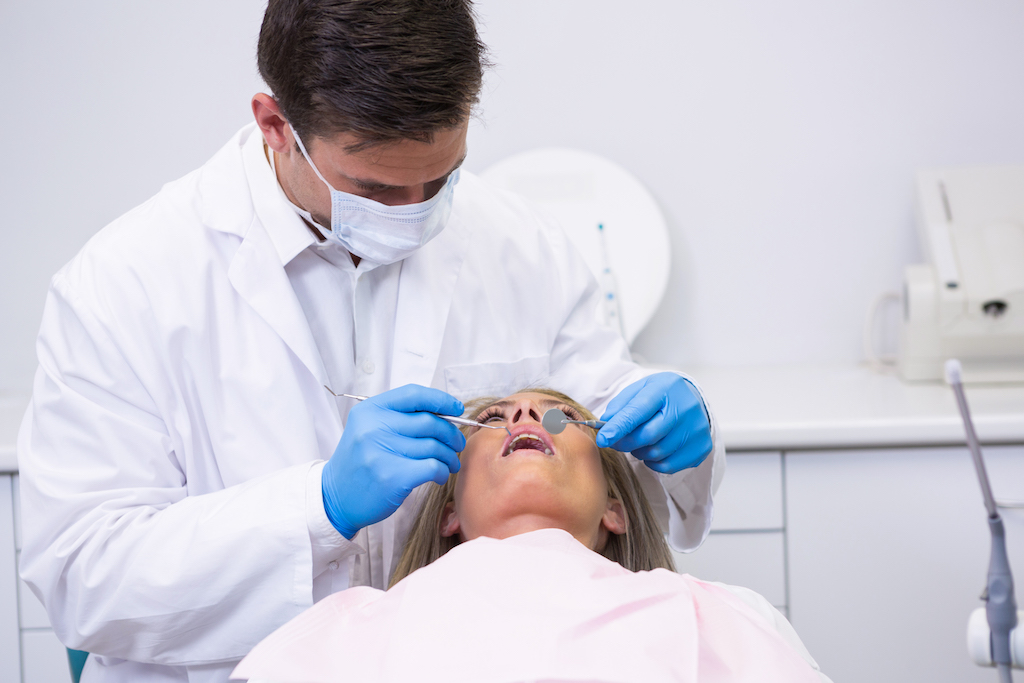Scaling and Root Planing for Gum Disease

Thoroughly cleaning your teeth is a healthy practice that you should maintain regularly. Otherwise, plaque will accumulate, allowing bacteria to inflame your gums.
When that happens, you will begin to notice sockets in your gums. Further accumulation of plaque then happens in these sockets, resulting in the hardening of the particles, which harms the soft tissue around your teeth.
If the condition is not treated, it could result in tooth loss.
What Is Dental Scaling and Root Planing?
This medical procedure is used to remove the hardened plaque in your gums. It is usually necessary when someone is diagnosed with periodontitis.
Periodontal scaling and root planing treatments help to improve your smile as it removes the plaque seen when you expose your teeth.
Root planing focuses on removing the plaque from your teeth’s roots beneath the gum line.
These medical procedures prevent the loss of your bone and teeth.
How Are Scaling and Root Planing Done?
The scaling process is done using an ultrasonic scaler through the following procedure:
- Removal of plaque from your teeth by using a vibrating metal tip
- The plague is washed away from the sockets by a water spray
- A manual dental scanner can remove the remaining pieces.
During root planing, focus is given to the roots:
- The surface of the roots is exposed by gently pushing aside the gum tissue
- The same scaler is used to chip off hardened particles from the roots.
- Sometimes, your dentist may apply an antibiotic injection into the pockets.
A local anesthetic is often used to ensure the patient's comfort during the procedure. It numbs the area being treated, reducing any potential pain.
Why Do I Need These Procedures?
They aid in preventing periodontal disease, which can negatively impact overall health.
They also remove plaque and tartar buildup that cannot be eliminated through regular brushing and flossing.
These dental procedures also help in addressing bad breath problems.
Tooth scaling also prevents gum recession by eliminating bacteria which may lead to teeth loosening or shifting bites.
They also save money on future dental expenses, since severe gum disease can culminate into extensive treatment plans, such as surgery or teeth extraction.

How Long is Recovery?
Most people take 5-7 days to heal after the medical procedure. During this period, bacteria are less likely to stick to the surfaces where you were treated.
You will also notice a gradual decline in gum inflammation. The treated gums firmly reattach themselves to the teeth’s roots.
During the recovery process, you might sense increased teeth sensitivity.
You will also need follow-up appointments, where your dentist will assess the size of the pockets in the gum tissue.
You could require periodontal surgery if the pockets' sizes are not reduced.
Conclusion
You only possess a single set of teeth as an adult. Nobody wants to take the chance of losing them due to severe gum disease.
Fortunately, these dental procedures will help keep your smile intact if you develop a periodontal disease.
However, regular brushing and flossing will help maintain the health of your teeth and gums and prevent infection. You should always request instruction from your Tempe dentist on correct brushing and flossing to reduce your risk of developing gum disease again.